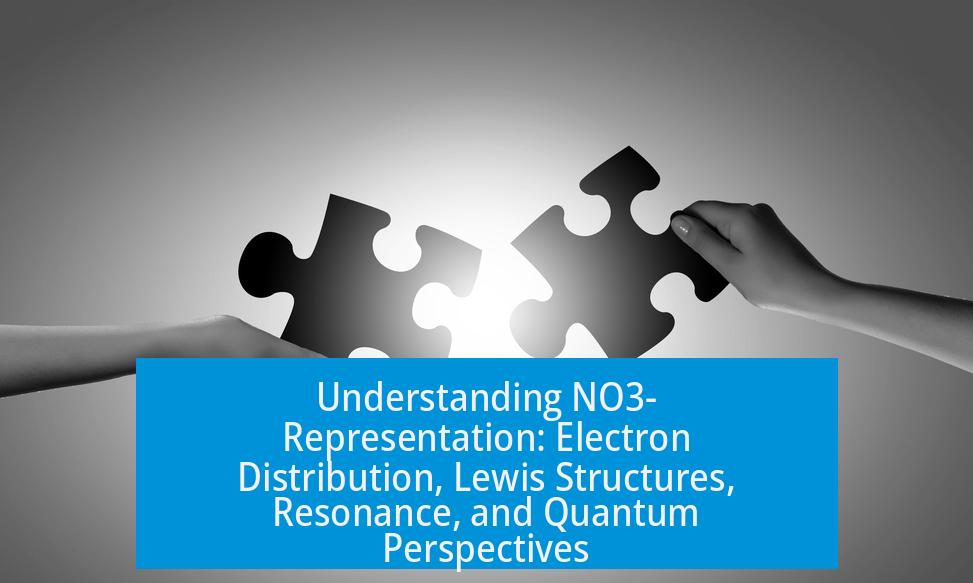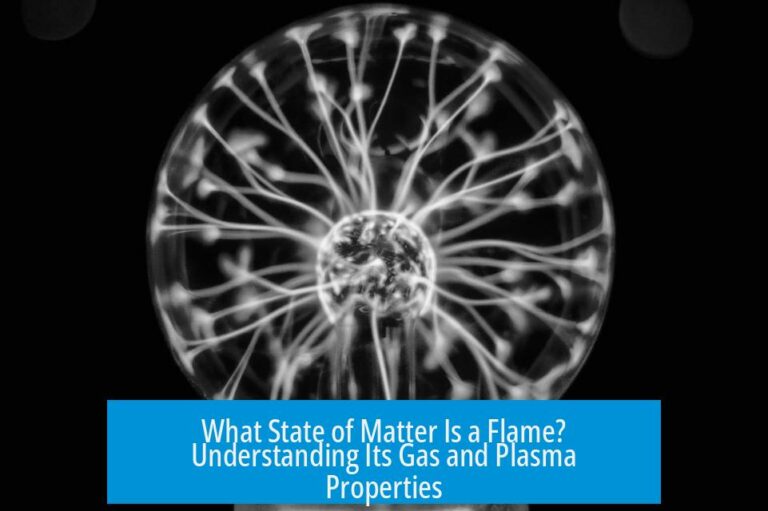Understanding NO3- Representation

The NO3- ion’s electron structure cannot be accurately depicted by a single Lewis structure due to electron delocalization and resonance phenomena. Simple Lewis diagrams often show oxygen atoms with incomplete octets or nitrogen atoms with excess electrons, which misrepresents the real electronic distribution.
Electron Distribution and Octet Rules
In nitrate (NO3-), drawing Lewis structures can be challenging. Some oxygen atoms may seem to lack a full octet, while nitrogen appears to hold more than eight electrons. This occurs because electrons in NO3- are not fixed in one location, conflicting with the typical octet rules. The apparent electron “overfill” on nitrogen and the incomplete octets on certain oxygens arises from the limitations of a static bonding model.
Limitations of Lewis Structures
Lewis structures serve as simplified models. They assign electrons as pairs between atoms and often fail to represent electron delocalization. In NO3-, assuming a single, fixed structure ignores the flexibility of electron clouds and bonding. These static models do not fully depict the chemistry of polyatomic ions like nitrate.
Resonance and Charge Distribution
NO3- exhibits resonance, meaning multiple valid Lewis structures exist where double bonds and charge placement shift among the oxygen atoms. This resonance explains why the negative charge is not localized on a single oxygen but spread evenly. The actual molecule is a hybrid of these structures, providing equivalent bond lengths and partial charges across all oxygens.
Quantum Perspective: Wave Nature of Electrons
Electron behavior in NO3- aligns with quantum mechanics. Electrons act like waves, enabling charge to delocalize over multiple atoms. This wave nature ensures that negative charge disperses across the electronegative oxygen atoms, stabilizing the ion. This delocalization cannot be captured by individual Lewis structures but is crucial for understanding the molecule’s stability and reactivity.
Key Takeaways
- NO3- cannot be represented by a single Lewis structure due to resonance.
- Oxygen atoms share the negative charge evenly, not localized on one atom.
- Simple Lewis diagrams may show electron octet issues that do not reflect reality.
- Resonance and quantum electron wave behavior explain charge delocalization.
- Delocalization leads to equal bond lengths and increased ion stability.
What causes the nitrogen in NO3- to appear overfilled with electrons in Lewis structures?
In simple Lewis structures, nitrogen seems to have more electrons than its octet allows. This happens because these drawings do not show electron delocalization properly.
Why do oxygen atoms in NO3- sometimes lack a full octet in Lewis diagrams?
Some oxygen atoms appear to have incomplete octets due to the limitations of Lewis structures. The real molecule shares electrons across different atoms.
How does resonance change the understanding of bonding in NO3-?
Resonance shows that electrons are not fixed in one position. Instead, they move among different atoms, explaining why charges and electrons appear spread out.
Where is the negative charge located in the nitrate ion?
The negative charge is spread evenly over the oxygen atoms. It is not confined to a single oxygen but shared across the molecule.
What role does the wave nature of electrons play in NO3- representation?
The wave behavior of electrons causes charge to be delocalized. This means electrons spread out, supporting the resonance model rather than fixed bonds.





Leave a Comment